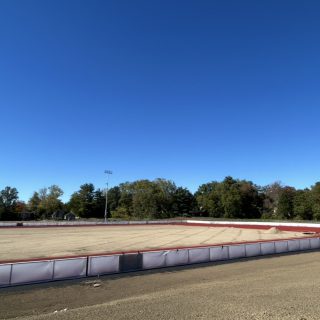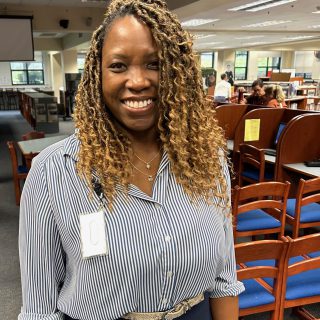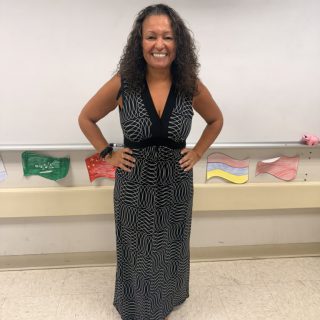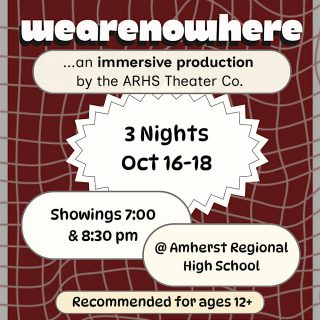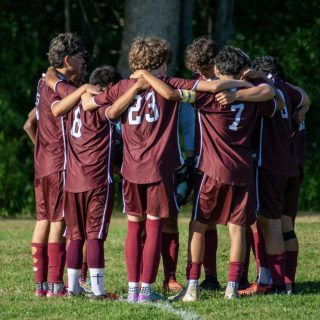Advanced Video Production class preps students for careers in film
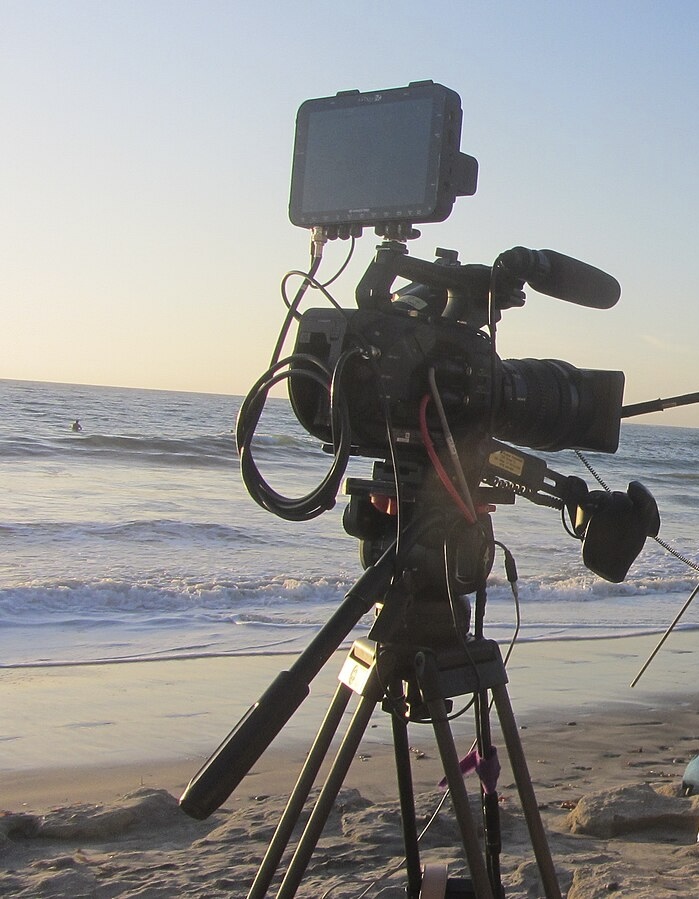
It’s a Tuesday in January in B-period Advanced Video Production class, and students are typing away at their computers, ripping footage off cameras, editing their final projects, and most likely trying desperately to get teacher Lee Larcheveque’s attention.
Around this time of year, especially in Advanced Video Production, students have wrapped up one of the two projects that encompass the class, one of which requires students to pick a song and create a music video for this song, and the final assignment, where students must create a documentary, or an optional mockumentary about a topic of the student’s choice.
Most, if not all, of these students already know the basics of cinematography, camera operation, lighting, sound equipment, and editing.
In the Advanced Video Production class, there is a bit more of an emphasis on the use of special effects and cinematographic and editorial storytelling techniques than in the intro course, making more complex and interesting portfolio pieces such as the projects mentioned above. Students will also learn how to use green-screen, compositing, and other special effects. Something to also note is that while Video Production takes place almost exclusively in class, this class requires work outside of class time in order to have a successful final product.
According to the course description, students will “learn the basics of video camera operation; the art of cinematography; camera angles and movements; the use of sound mixers, microphones, and sound editing. Students will produce an audio public service announcement, a “how-to” video, and a television commercial.”
Sophomore Vito Scutari is currently in Advanced Video Production. He decided to take Video 2 because he had taken Video 1 and liked it. “It is definitely more difficult than the Video One,” he said. When he was asked about the amount of time he spent on work for this class, he said that it was a higher workload. He even estimated that roughly 70% of the time he spent on projects for the advanced class happened outside of school.
Junior Timo Hein said that he chose the class because he liked the craft and wanted to learn more about video production and film. Hein was glad he had signed up, noting, “This class is important for students to take because you can learn how to edit and shoot videos at a more professional level.”
Larcheveque loves a lot about teaching the class. “Every day is different from the next. Students’ projects are always different and they often blow me away with their creativity and passion. I like it when they’re excited about their projects and want to show their friends their work in progress,” he said.
He said he had many goals regarding core assignments for the class: “for students to tell stories visually, often without dialogue. The less talking there is, the more universally understandable the film is.”
To Larcheveque, “most dialogue isn’t necessary.”
He also wants students to use camera angles, framing, and what he calls “spices,” which make visuals less bland. “I want students to think about how the shots connect to the ones before and after. They don’t truly understand shooting until they’ve started editing,” he said.
Larcheveque said a huge plus of his work in the class is that students have gone on to life-changing careers as filmmakers. “I have a Wall of Fame of students who have gone into film,” he said.
This wall includes Matt Hixon (ARHS ’11), who was an editor for All the Beauty and the Bloodshed, which was nominated for an Oscar for Best Documentary three years ago. The same year Sam Bromell (ARHS ’03) was co-writer for the screenplay for Elvis, which was nominated for eleven Oscars. Elijah Bynum (ARHS ’05) was the director of Magazine Dreams, which was shown at Sundance and picked up by Fox Searchlight. And Elijah Stevens (ARHS ’11) was the producer for Fire of Love, which was also nominated for Best Documentary Oscar.
“All those accolades happened the same month,” said Larcheveque, and they all had one thing in common; those being recognized had their humble start in ARHS’s Video Production classes.
